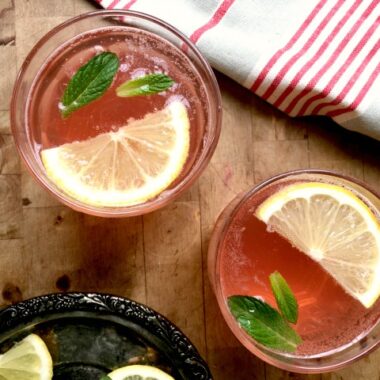One in three bites of food that we eat depends on bees and other pollinators.
Did you know that our food supply is so dependent on bees? While wasps, butterflies, birds, flies, beetles and moths also pollinate, in North America, bees are the major pollinators, responsible for 70% of our plant pollination. They’re responsible for pollinating dozens of varieties of fruits and vegetables along with canola, alfalfa, coffee and more.
In Canada there are over 800 species of native bees. According to Pollination Canada, bumble bees, mason bees, sweat bees, leafcutting bees, mining bees, squash bees and more are all native species responsible for pollination. Honey bees are also hugely important to pollination (although they are not native to Canada.)
But bee colonies are still under threat. For the last 10 years bee populations have been declining due to pesticide and insecticide use, mono-culture factory farming, habitat loss and climate change. Honey bees have been most impacted by colony collapse disorder but some native species have been declining as well.
The good news is that, like many environmental challenges, there are simple things that we can do at home to help bees and other pollinators survive and thrive.
How to plant a bee-friendly garden.
20 Plants that bees love:
If you’re planting flowers this year, choose varieties that bees and other pollinators love. Of the few dozen varieties that came up in my online searches, here are 20 that are easy to find and easy to grow. Many are deer resistant too (in my garden anyway).
Lavender, rhododendron, white clover, heather, bachelor buttons, forget-me-nots, thyme, bellflowers, yellow mustard, sage, cranesbill geranium, astor, daisy, rosemary, mint, oregano, foxglove, raspberry, coneflower, and catmint.
Consider planting spring bulbs like crocus and daffodils so bees have a source of food as early as possible in spring.
Other tips for bee-friendly gardens:
- Bees have good colour vision and love bright, showy flowers. They are especially drawn to blue, purple, violet, white and yellow flowers.
- Plant your flowers in large single-species clumps so bees are more likely to find them.
- Choose a variety of flowers that bloom throughout the growing season so bees have a consistent source of food.
- For more advice, follow these suggestions from Pollination Canada (www.pollinationcanada.ca)
- Avoid pesticides, insecticides, herbicides or artificial chemical fertilizers in your yard or garden. These chemicals can be fatal to local bee populations when foraging bees collect contaminated pollen and feed it to their offspring. Even low levels of pesticides can have a negative impact on bees.
- Remember that butterflies are pollinators too. They love wild flowers (including dandelions) as well as butterfly bush, and coneflower.
General Mills is once again giving away free packages of wildflower seeds as part of their Bring Back the Bess campaign. Visit bringbackthebees.ca to request your free package.








